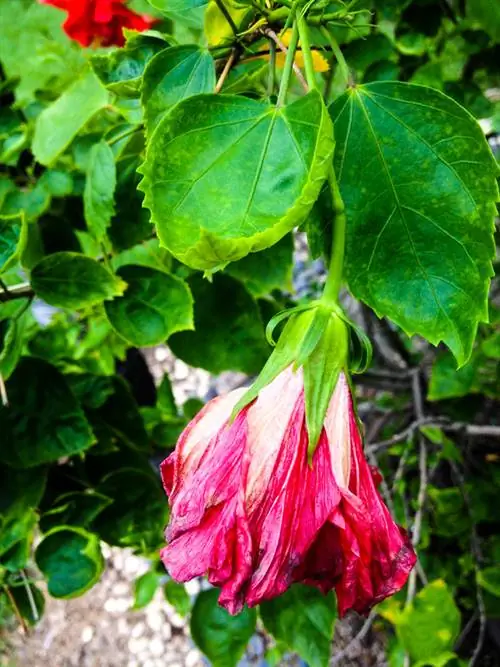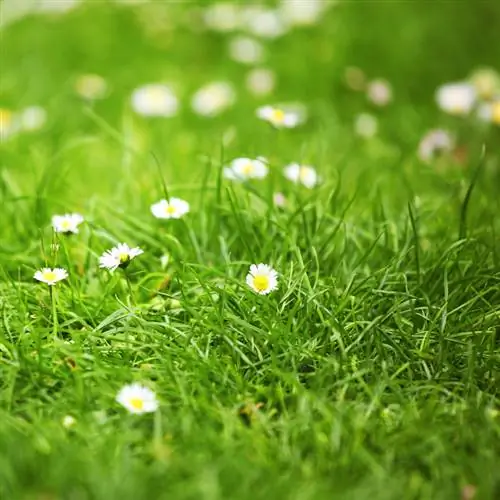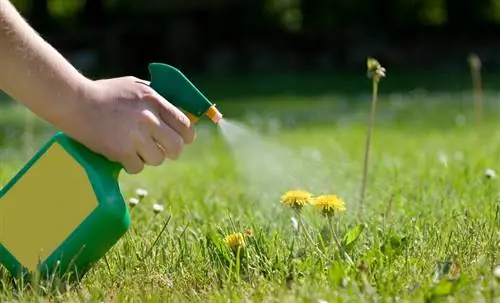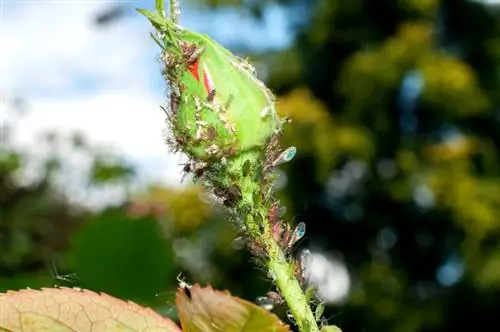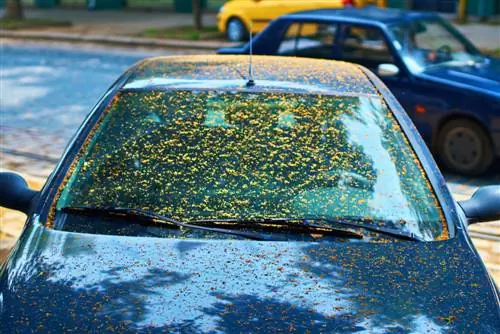- Author admin [email protected].
- Public 2023-12-16 16:46.
- Last modified 2025-01-23 11:19.
Young zucchini plants are a treat for snails. Pesky aphids damage leaves and flowers. The large leaves are also susceptible to powdery mildew and other diseases. There are ways to prevent this and effective ways to combat it.
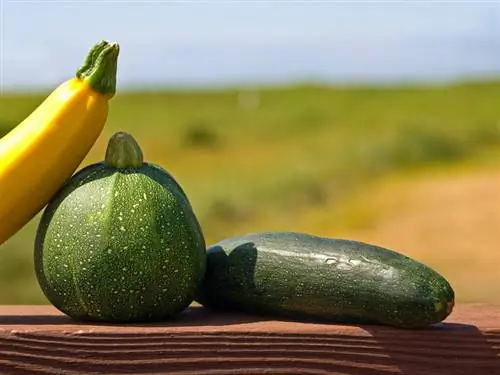
What pests and diseases do zucchini plants have to contend with?
Zucchini plants can be attacked by pests such as snails and aphids, as well as diseases such as powdery mildew and zucchini yellow mosaic virus. Preventative measures such as slug pellets, snail fences and natural predators such as ladybirds help against pests. In the case of diseases, it is recommended to remove infected leaves, use anti-fungal agents and resistant varieties.
Common pests on zucchini plants
Snails
Attracted by the fresh shoots, voracious snails attack the young zucchini plants. You can protect your plants from this immediately after planting them out:
- Sprinkle snail pellets around the plants, available from Neudorff (€16.00 on Amazon), Compo, Schacht
- put up a snail fence around the whole bed
- put a snail collar around the plant, also available with a greenhouse lid
If the snails have made it to the zucchini, the only solution is to collect them and destroy them.
Lice
If you discover curled or deformed leaves and shoot tips on your zucchini plants, they are infested with aphids. They are often small green or black animals that gather on the undersides of leaves and shoots and do not spare flowers and fruits. They can also be recognized by the sticky, black coating they leave behind.
Since aphid infestation can lead to the death of entire parts of the plant, you should act quickly:
- Spraying with nettle infusion made from nettles (available everywhere) and water in a ratio of 1:9
- approx. 150 g chopped garlic and 5 l boiling water make an effective garlic infusion
- as a chemical agent: spray all affected flowers, leaves and fruits with Neudosan New Aphid Free. According to the manufacturer, fruits are safe to eat.
- Use ladybugs as a natural predator
Damage caused by diseases
Mildew
The large leaves of the zucchini provide an ideal breeding ground for powdery mildew and downy mildew. Both are fungal diseases that can lead to the death of the plant.
Powdery mildew can be recognized by white spots on the tops of the leaves. Downy mildew causes white to brown spots to form on the undersides and brown or yellow spots on the upper sides of the leaves. The treatment is carried out by:
- Removing and destroying affected leaves
- Use of anti-fungal agents from specialist retailers
- Garlic infusion, fresh milk
Some new varieties are said to be resistant to powdery mildew, such as “Anissa F1”, “Diamant F1 Hybride”, “Soleil”, “Mastil F1” and “Leila F1”.
Zucchini yellow mosaic virus
Mosaic-like, yellow discolorations on the leaves indicate the zucchini yellow mosaic virus, which is transmitted by aphids. The consequences are stunted leaves, weak shoots and malformed fruits. The virus causes the plant to die. So that it doesn't come to that:
- Treat any aphid infestation immediately
- Grow varieties resistant to the yellow mosaic virus such as “Defender” and “Mirza F1”
Prevention
A he althy, strong zucchini plant is best prepared against diseases. Preventative measures therefore include a sufficient supply of nutrients, adding compost to the potting soil and regular watering.
Tips & Tricks
Collect the slippery snails by hand? A scary idea for many gardeners. Special auger pliers from the garden store can help. It makes collecting hygienic and plant-friendly easier, including snail eggs.


